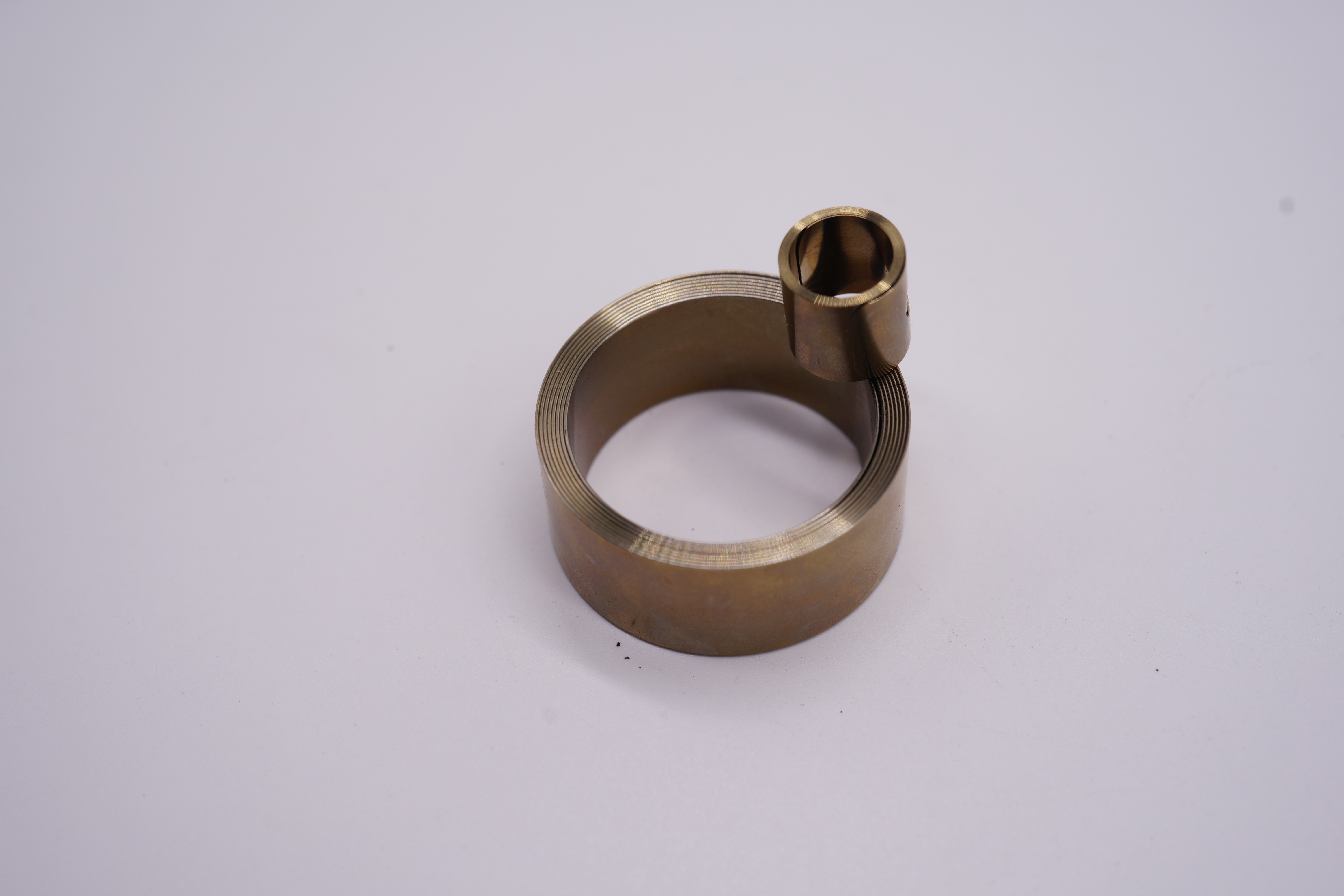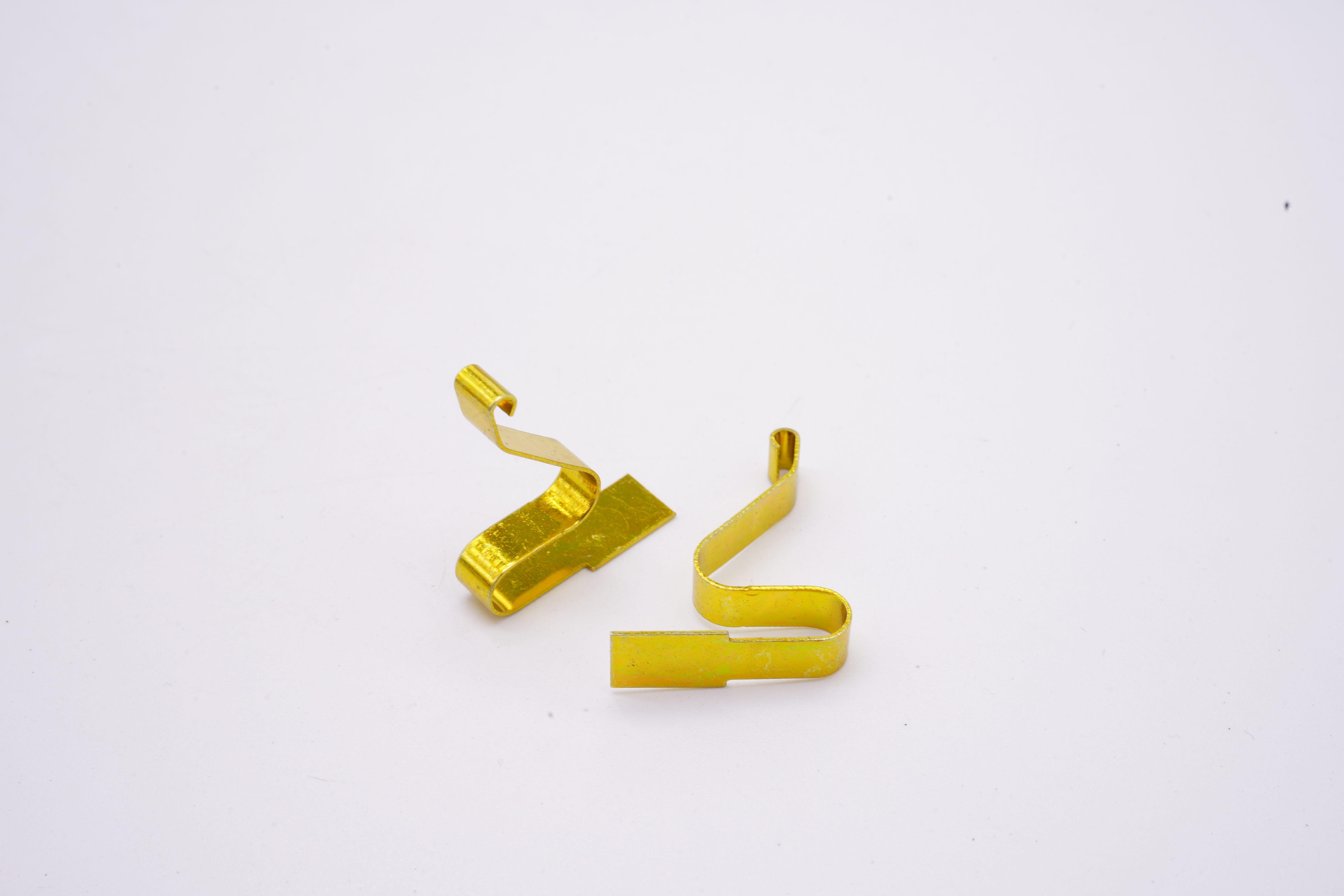+86-0769-87812884
Views: 2 Author: Site Editor Publish Time: 2025-05-20 Origin: Site
Copper CNC Machining Service
Get high-quality copper CNC machining services with advanced machinery and an experienced team that ensures precision and efficiency.
Copper is a versatile material used in various industries due to its excellent electrical and thermal conductivity, corrosion resistance, and malleability. It is widely used in various electrical applications due . Companies in various industries, including electrical, construction, transport, and consumer goods, find the alloy’s versatility and useful properties beneficial for various applications. Raw pieces of metal are meticulously carved down to create the desired shape or object in CNC machined copper parts.


Copper Material
Copper C101(T2):
Also known as oxygen-free copper, this alloy is renowned for its high electrical and thermal conductivity. It is ideal for applications that require superior conductivity and ductility.
Tensile Strength, Yield (MPa):100 - 400
Fatigue Strength (MPa):80 - 150
Elongation at Break (%):15 - 60
Hardness (Brinell):60 - 100
Density (g/cm³):8.94
Copper C103(T1):
Copper C103 is a high-conductivity copper that is often used in high-frequency applications due to its excellent electrical properties and ease of forming.
Tensile Strength, Yield (MPa):100 - 380
Fatigue Strength (MPa):70 - 140
Elongation at Break (%):5 - 45
Hardness (Brinell):55 - 90
Density (g/cm³):8.89 - 8.94
Copper C103(TU2):
This pure copper variant is known for its excellent thermal conductivity and ease of welding, making it suitable for heat exchangers and electrical connectors.
Tensile Strength, Yield (MPa):110 - 370
Fatigue Strength (MPa): 75 - 150
Elongation at Break (%):5 - 50
Hardness (Brinell):60 - 95
Density (g/cm³):8.89 - 8.94
Copper C110(TU0):
Copper C110, or electrolytic tough pitch (ETP) copper, is highly conductive and easily machined. It is a popular choice for electrical components and wiring.
Tensile Strength, Yield (MPa):110 - 350
Fatigue Strength (MPa):70 - 100
Elongation at Break (%):20 - 50
Hardness (Brinell):65 - 90
Density (g/cm³):8.89
Surface Finishing Options for Copper
We offers extensive surface finishing services that enhance the aesthetic appeal, functionality, and durability of copper parts. As part of our copper CNC machining service, these surface finishes include sandblasting, tumbling, electropolishing, alodine, teflon coating, electrophoresis, painting, and more. Each finish delivers superior coatings or adds layers to enhance the appearance and improve the physical properties of machined copper parts. Some unique finishes help hide minor imperfections on copper components.
As machined:
This option leaves copper with visible tool marks from machining.
Polishing:
This option leaves copper with visible tool marks from machining.
Sand Blasting:
Sandblasting can be applied to copper to give it a matte or textured finish.
Tumbling:
Tumbling smooths and cleans up copper surfaces, leaving a matte finish.
Electropolish:
Electropolishing can enhance the surface of copper, giving it a bright, reflective finish and improving corrosion resistance.
Alodine:
Though mainly used for aluminum, Alodine can sometimes be applied to copper for light corrosion protection.
Heat Treatment:
Heat treatment can alter the appearance of copper through oxidation, giving it different colorations or surface textures.
Black Oxidize:
This process can create a darkened surface on copper, offering some protection against oxidation.
Electroless Nickel:
This finish is suitable for copper to improve wear resistance and corrosion protection.
Chrome Plating:
This process can be applied to copper for a shiny, durable surface finish.
Brushed Finish:
Brushing can give copper a textured, matte finish with fine, directional lines.
Pros and Cons of Copper CNC Machining
Copper has numerous advantages that make it well-suited for CNC machining processes. Nevertheless, it is important to consider certain drawbacks of aluminum parts machining before deciding to use it for any project.
Pros:
High Electrical Conductivity: Ensures minimal energy loss and efficient performance.
High Thermal Conductivity: Ideal for heat exchangers, radiators, and other thermal management systems.
Corrosion Resistance: Long-lasting and able to withstand harsh environments.
Malleability and Ductility: Easily shaped and formed into complex designs.
Biostatic Properties: Resists bacterial growth and is useful in medical applications.
Durability: Long lifespan, reducing the need for frequent replacements.
Cons:
Softness: Prone to deformation under stress, challenging to maintain tight tolerances.
Gummy Nature: Adheres to cutting tools, leading to poor surface finishes and increased tool wear.
Cost: Higher material and machining costs compared to other metals.
Thermal Expansion: This can affect dimensional stability during temperature fluctuations.
Applications of CNC Machined Copper Parts
Copper is widely used in several industries. Its exceptional thermal and electrical conductivity make it an obvious choice for high-power electrical applications, like the magnetrons found in microwave ovens. Given the surge in electronic vehicles (EVs), there has been a corresponding rise in the demand for copper wiring. Other essential applications of CNC machined copper parts include:
Electrical Engineering: Components for wiring, connectors, and circuits.
Thermal Management: Heat exchangers, heat sinks, and radiators.
Automotive: Radiators, electrical systems, and sensor components.
Aerospace: High-performance electrical connectors and thermal management systems.
Medical: Surgical instruments and imaging equipment.